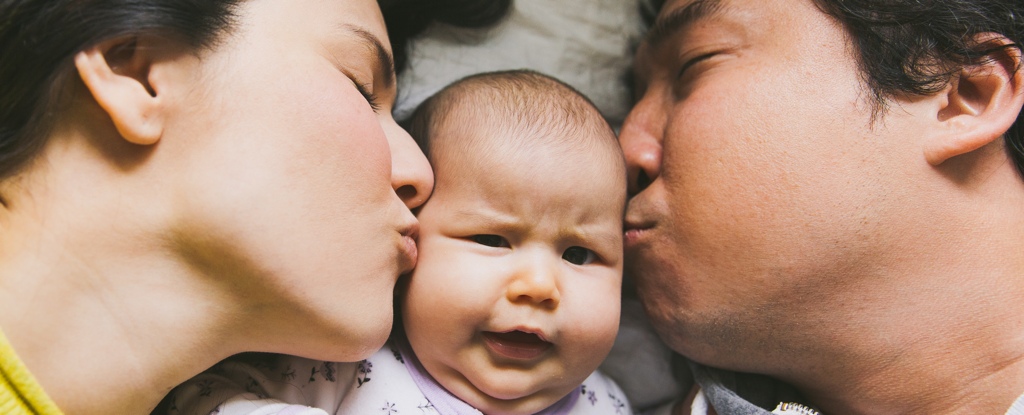ARTICLE AD
Air travel can be a nerve-wracking experience for passengers with severe nut allergies. But as new research suggests, the actual risk of airborne exposure during a flight may not be as bad as people think.
A widely speculated fear about flying may not have much scientific backing to it. In a new review of the evidence, researchers have concluded that nut allergens can’t spread easily, if at all, through an airplane’s ventilation system. While allergic passengers can still mitigate the risk of contamination by wiping down surfaces where nutty foods could touch, other policies such as total “nut bans” during flights are unlikely to be useful and could even be counter-productive, the researchers say.
The worry that traces of peanuts and tree nuts—both common sources of food allergy—can go airborne while flying and cause someone to have a life-threatening allergic attack in a confined space is certainly common. As recently as this May, there have been reports of people claiming to have experienced severe anaphylaxis from simply being near the serving of nuts on a flight, and there is an ongoing Change.org petition to institute an industry-wide ban on nuts during flying. Some airlines, upon request, will now refrain from serving peanut and peanut products during a flight; others have gone as far as to ban their sale entirely. But the researchers behind this new research, published Wednesday in the journal Archives of Disease in Childhood, argue that this worry is substantially overblown.
The authors of the paper, Paul Turner and Nigel Dowdall, are specialists in allergy and aviation medicine, respectively. To make their case, they cite dozens of studies, including an earlier review commissioned and released by the UK’s Civil Aviation Authority last year that was authored by Turner.
For one, the reported incidence of any food allergies while flying appears to be significantly lower (anywhere from 10 to 100 times lower) than on the ground, though the researchers note this lowered risk could be influenced by people’s heightened level of caution before boarding planes. That said, studies have found that peanuts simply don’t aerosolize well (i.e., when particles become airborne), even when being deshelled and broken open. At worst, deshelling seems to kick up very low levels of peanut dust into the air, but only at a close range and for a brief time. Other studies have had allergic people inhale or stay close to peanuts and peanut products, like peanut butter, in conditions mimicking an airplane cabin. These studies found that such exposures typically cause no symptoms in most people, and only mild, fleeting symptoms in a few.
The other major stumbling block is the anatomy of a plane’s ventilation system itself, which is designed to circulate air across the aircraft, not along a cabin, further mitigating the risk of spreading any airborne dangers, whether they be germs or hypothetical nut dust. Passengers aboard a plane also breathe in a mix of recirculated but filtered air and air from the outside of the plane. As a result, and as noted in the new paper, the air in a cabin is typically replaced completely every three minutes, which is even better than the exchange rate seen in hospitals (about 10 minutes). All in all, the evidence points to little potential harm from airborne nuts, the researchers say.
“Research studies (including aircraft simulations) show no evidence to support airborne transmission of nut allergens as a likely phenomenon,” they wrote. “Announcements requesting ‘nut bans’ are not therefore supported, and may install a false sense of security.”
The pair’s findings are in line with other expert advice. In its most recently reviewed statement on the topic (February 2020), the American Academy of Allergy, Asthma, & Immunology states that “there is no evidence to support peanut vapor as a cause of reactions or that peanut dust itself circulates and causes reactions.”
That’s not to say peanuts or other allergic foods can’t be a danger on flights. The researchers note that food proteins tend to be “sticky,” meaning the potential threat from allergic foods comes from lingering on surfaces that other foods or people’s hands might touch. And since airlines, especially budget ones, tend only to minimally clean their cabins between flights, allergy-prone passengers could benefit from being proactive with their own wet wipes, the researchers say. “In addition to dietary avoidance of trigger allergens, cleaning the seat area (including the tray table and the seat-back entertainment system) is likely to be the most effective measure food-allergic passengers can take to mitigate against the risk of unintended allergic reactions,” they wrote.
Airlines can help allergic passengers out with this measure by allowing them to pre-board first and clean their area, though this is already a commonly provided practice. The researchers further recommend that people who are at risk of severe allergy carry at least two adrenaline autoinjector devices (Epi-pens are the popular brand name version) at all times, including while flying. And airlines should also have clear policies related to managing food allergies that are easily accessible through their websites or on request, which can then help reassure passengers.

 1 month ago
12
1 month ago
12 

